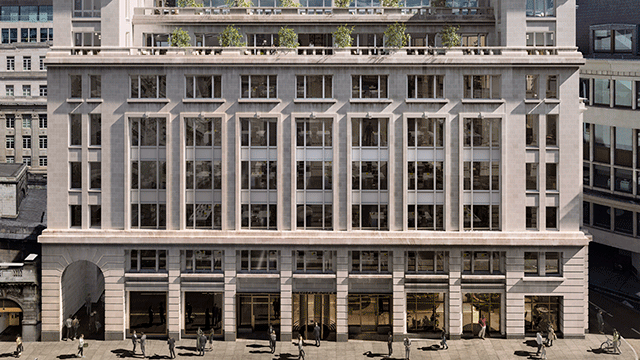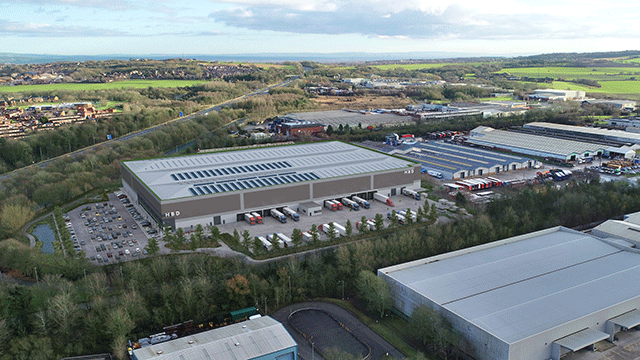The Alsop Consortium’s plans (pictured) for the Fourth Grace on Liverpool’s waterfront have been dropped after the public sector partners behind the scheme decided that they were “unviable”, with costs having risen from £228m to £324m.
The partners say that they will now seek an alternative scheme for the site, adjacent to the Royal Liver Building, the Cunard Building and the Port of Liverpool Building.
At an emergency meeting on Monday, the partners – Urban Regeneration Company Liverpool Vision, the North West Development Agency, Liverpool council, and National Museums Liverpool – said that the integrity and affordability of the scheme had been compromised, adding that “the scheme’s character has changed fundamentally”.
A “massive increase” in the number of homes provided, from around 300 to 700, increased the likelihood of the Fourth Grace being called in by the Office of the Deputy Prime Minister, which would result in a lengthy public inquiry, said the partners.
In a joint statement, the partners said: “The proposed development has now evolved in such a way that it no longer meets the original scheme agreed by the partners.
“The public sector partners no longer believe the revised scheme to be deliverable and the additional risks associated with continuing to progress it have become unacceptably high.”
The Alsop Consortium comprises development partners Countryside Properties, Neptune Developments and International Development Company, with the architect being Will Alsop, and was selected to develop the scheme in December 2002. Its plans envisage a “cloud” design.
The Fourth Grace – a 350,000 sq ft (32,515 sq m) landmark office scheme – is intended to complement the existing ‘Three Graces’: the Liver Building, the Cunard Building and the Port of Liverpool Building.
Sir Joe Dwyer, chairman of Liverpool Vision, said: “I am disappointed that we are not able to take this scheme any further. I firmly believe that we were right to consider a highly ambitious building which would have added a new dimension to our outstanding waterfront.
“However, it has simply not proved to be practical and deliverable. Now we want to focus on developing a new scheme for this glorious setting.”
David Henshaw, chief executive of Liverpool council, said: “The public sector partners have been determined to ensure that the Fourth Grace would not be a ‘Millennium Dome Mark Two’, with spiralling costs which would have represented an unacceptable drain on the public purse.
“The project has now reached the point where that scenario, regrettably, became the most likely.”
Henshaw added: “We unanimously decided to draw a line under the project and not proceed any further. The project was too expensive and would have departed significantly from the scheme which had originally been envisaged.
“However, the city remains committed to delivering our aspiration for a sustainable and deliverable cultural and leisure development on this important site.”
The Alsop Consortium was selected from a four-strong shortlist, on which the other three names were David McLean and George Downing with architect Edward Cullinan, Capital & Provident and Chelsfield with architect Lord Rogers, and Urban Splash with architect Lord Foster.
When the four shortlisted plans went out to consultation, Alsop’s Cloud came fourth in an opinion survey.
References: EGi News 20/07/04










